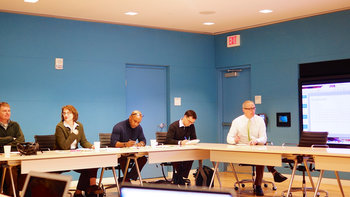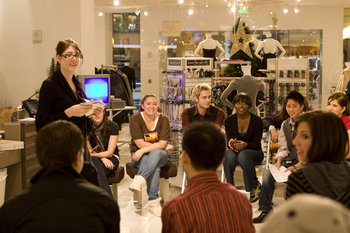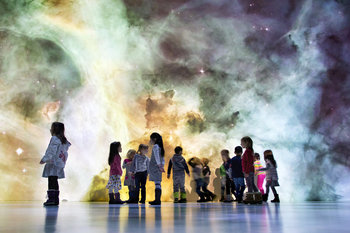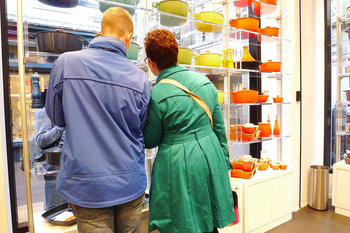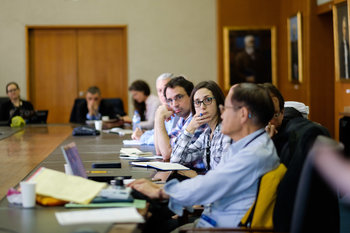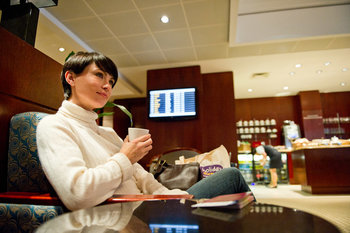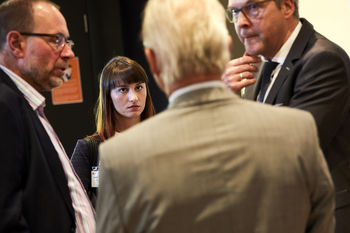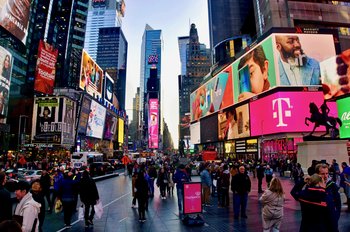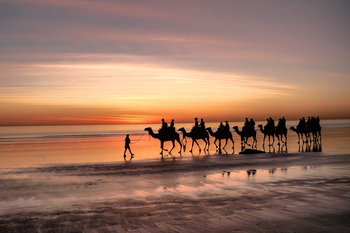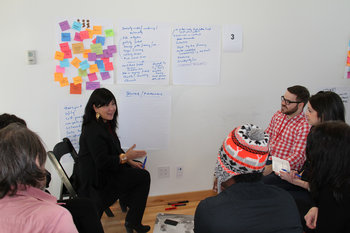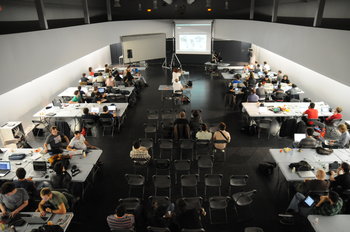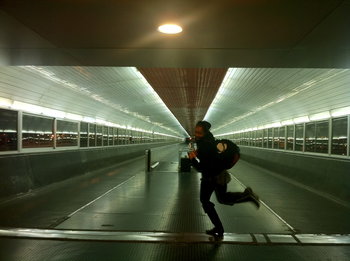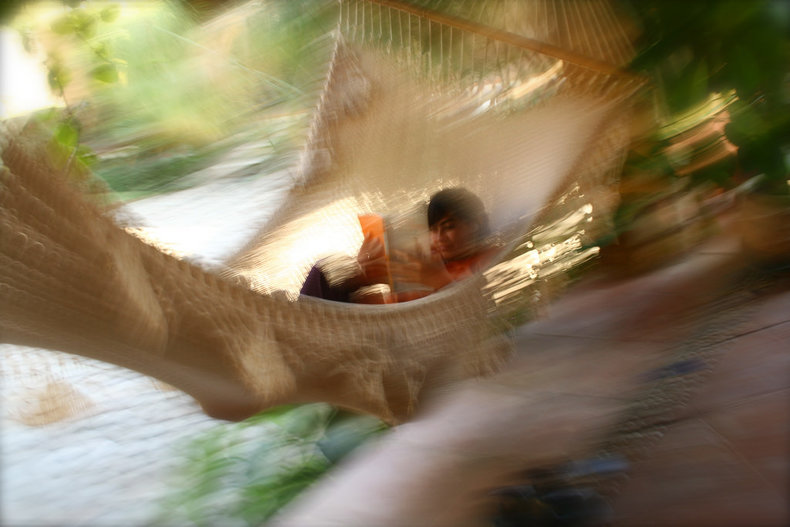
Physical Needs
The comfort of the body in a physical environment such as a comfortable bed in a hotel room.Consumption
The physical needs of the body to consume food and drink. For example, a fine meal can make people feel physically and mentally satisfied and at ease.Nature
The need for clean air, water and natural surroundings. For example, a beachfront hotel on a pristine beach with air that feels clean.Peace
Freedom from threat and risk. For example, an employee with a job that is guaranteed for life who never faces criticism or has to perform a task that causes them stress.Familiarity
An environment that lacks surprises and unknowns. For example, traveling to a foreign destination and finding the same television channels you have at home in your hotel room.Social
Connectedness with other people. For example, friendly staff who speak your language at a resort in a foreign destination.Wellness
Freedom from sickness and pain. For example, a spa at a hotel that makes you feel more healthy.Comfort vs Growth
Comfort is widely believed to be a trade-off with growth. Comfort is associated with complacency, risk avoidance and the status quo. Growth is associated with change, risk taking and a desire to challenge the status quo.Comfort vs Adventure
Comfort tends to result in repetitive and predictable experiences. Adventure can be seen as the oppose of comfort as it requires an individual to try the new, unpredictable and challenging.| Overview: Comfort | ||
Type | ||
Definition | A state of physical and mental ease. | |
Related Concepts | ||





